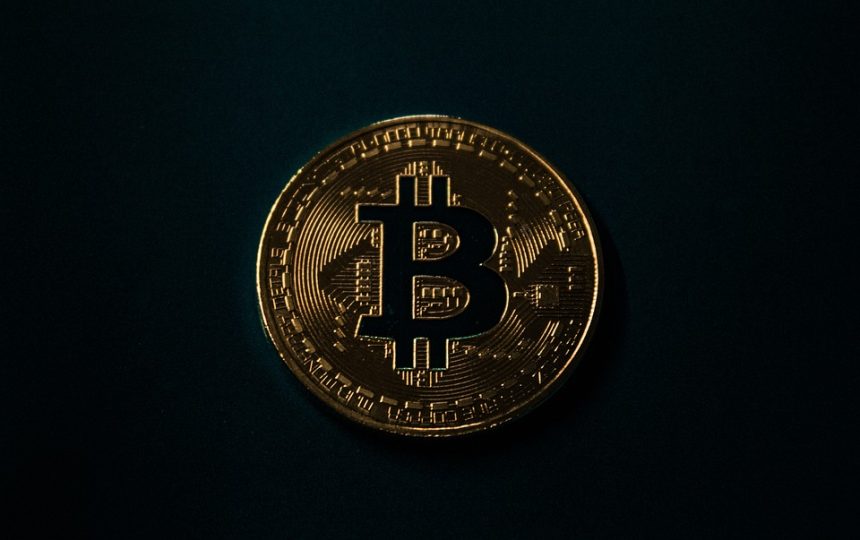From Meme to Mainstream: The Evolution of Dogecoin and Its Altcoin Peers
In the ever-shifting landscape of cryptocurrency, few narratives capture the zeitgeist quite like that of Dogecoin. Originally intended as a light-hearted parody of the burgeoning digital currency scene, Dogecoin has transformed from an internet meme into a legitimate financial asset and cultural phenomenon. This article explores how Dogecoin came to be, its evolution alongside other altcoins, and what the future may hold for this playful pup and its canine companions in the crypto space.
The Birth of Dogecoin
Launched in December 2013 by software engineers Billy Markus and Jackson Palmer, Dogecoin was inspired by the popular "Doge" meme that featured a Shiba Inu dog alongside multicolored Comic Sans text. This playful take on Bitcoin was crafted as a fun and friendly alternative that could attract a broader audience to cryptocurrencies. Unlike Bitcoin and its finite supply, Dogecoin was designed for inflation, allowing an unlimited number of coins to be mined. This decision underscored its intended use as a tipping cryptocurrency and a means of microtransactions rather than a store of value.
A Rising Star in the Altcoin Universe
As the cryptocurrency market has expanded, the rise of various altcoins has become strikingly noticeable. Dogecoin’s grassroots appeal attracted a dedicated community that used the cryptocurrency for charitable causes and online tipping. The early years were marked not by speculation but by camaraderie, with the community organizing fundraisers to support initiatives like the Jamaican bobsled team in the 2014 Winter Olympics and building water wells in impoverished regions.
Despite its initial success, Dogecoin rested in obscurity for many years. Meanwhile, other altcoins like Ethereum, Litecoin, and Ripple emerged, each with unique features and the promise of transforming the financial landscape. Ethereum, in particular, revolutionized the space by introducing smart contracts, enabling the creation of decentralized applications and ushering in the era of decentralized finance (DeFi).
The Memetic Resurgence
In 2020, Dogecoin found its footing once more amidst a cryptocurrency market boom. The COVID-19 pandemic and the economic uncertainties surrounding it prompted many retail investors to explore digital assets. Social media platforms, particularly Twitter and Reddit, played a pivotal role in propelling Dogecoin into mainstream consciousness. The #Doge and #Dogecoin hashtags became rallying cries for a burgeoning group of retail investors and traders, reminiscent of the GameStop stock frenzy earlier that year.
The coin’s surge was catalyzed by high-profile endorsements, most notably from billionaire Elon Musk, whose tweets often sent Dogecoin prices soaring. In May 2021, the coin hit an all-time high of approximately $0.73, drawing attention from traditional media outlets and institutional investors alike. This surge exemplified how market sentiment and online communities could drive asset prices in unprecedented ways, creating a new era of “meme stocks” and cryptocurrencies.
Dogecoin’s Place Among Altcoins
With Dogecoin now firmly embedded in the cultural lexicon, it shares the stage with a diverse array of altcoins. Coins like Shiba Inu, which directly capitalized on Dogecoin’s success, emerged as "meme coins" in their own right, attracting speculative investment and spurring debates about their long-term viability. Stablecoins like Tether and USD Coin provided investors with an opportunity to hedge against volatility while engaging in DeFi activities. Meanwhile, altcoins focusing on sustainable practices and technological advancements began garnering attention, as seen with coins like Cardano, Solana, and Polkadot.
The evolution of Dogecoin and its peers speaks to an evolving market dynamic where narrative, community engagement, and accessibility can dictate the success of an asset. What started as a laughable joke has become a vehicle for widespread participation in the crypto economy, allowing even the most novice investors to explore this brave new world.
Looking Ahead: The Future of Dogecoin and Altcoins
As we venture into 2024 and beyond, the future of Dogecoin and its altcoin counterparts remains both uncertain and promising. Regulatory scrutiny in the cryptocurrency market is intensifying, and how these digital assets will be classified and regulated is still an open question. While Dogecoin prides itself on its community-driven ethos, it must navigate challenges such as competition from other cryptocurrencies, regulatory hurdles, and sentiment-driven volatility.
Moreover, as major players in the market, like Ethereum and Bitcoin, continue to innovate with advancements in scalability, sustainability, and functionality, Dogecoin will need to carve out its niche to remain relevant. Community-driven initiatives, potential technological upgrades, and partnerships may help sustain interest and momentum in the future.
Conclusion
Dogecoin’s journey from meme to mainstream serves as a fascinating case study in the world of cryptocurrencies. Its evolution reflects cultural shifts in technology and finance, showcasing the power of communities to influence markets. As the cryptocurrency landscape continues to mature and diversify, Dogecoin will undoubtedly remain a symbol of how a simple joke can turn into a significant player in a multi-trillion-dollar industry, blurring the lines between entertainment, investment, and community.





